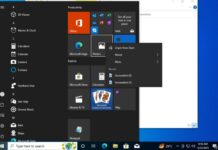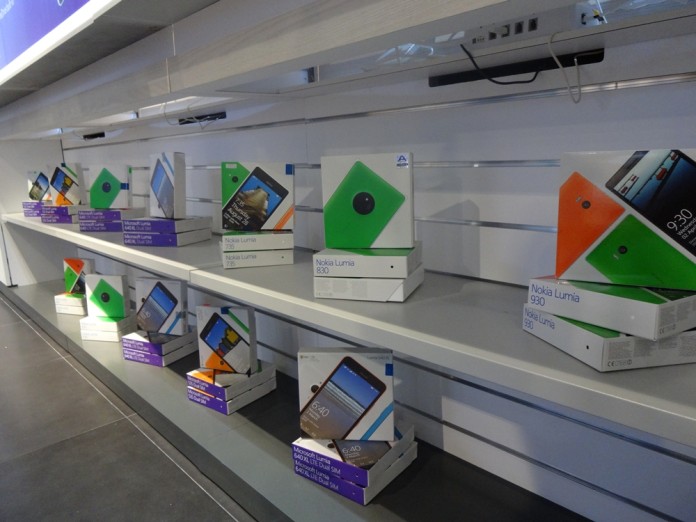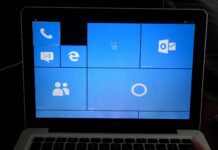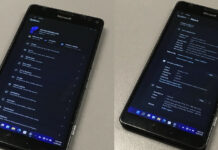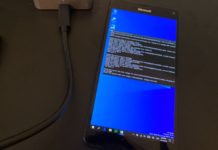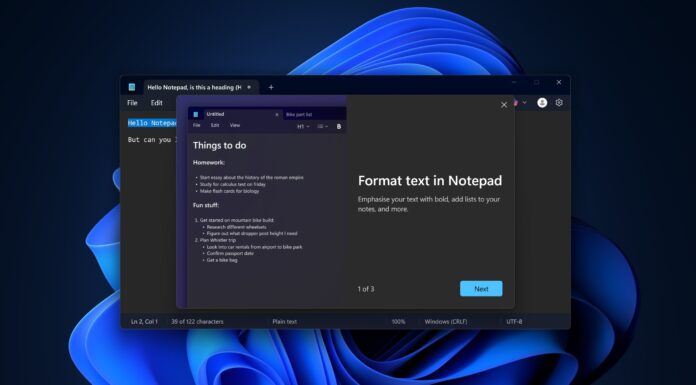At this point, it is pretty much clear that Microsoft has no plans to produce phones at the capacity that Nokia used to. Just remember that Microsoft started out as a software company, and Satya Nadella looks to keep it that way. Microsoft has made some compelling hardware in the past, like mice and webcams, but that’s just about it. Only in recent years have they started making computers with the Surface line. Smartphones might be the big thing today, but Microsoft is aiming to be an exclusive producer of Windows 10 smartphones, much like Google works with manufacturers to produce a Nexus device every year.
Over the last few weeks, there has been a fair share of RIP Windows Phone articles trickling out from Microsoft evangelists.
Everyone had a soft spot for Windows Phone, but Microsoft’s pace is just laughable compared to what Apple and Google are doing with their operating systems every single year. Windows Phone devices in the past succeeded mainly due to two big reasons. One is most definitely the price-to-performance ratio they offered, and the second, most obvious reason to choose a Windows Phone over a shiny new iPhone (or Android) was the hardware—specifically the hardware that Nokia released. The PureView technology, colorful designs, and the diehard spirit of Nokia hardware were standout features.
The problem with Windows Phone in the past was due to its lack of compelling features (Continuum itself isn’t going to save Windows Phone) and also the ‘app gap’ that everyone has been talking about. Those problems are somewhat resolved in the latest version of Windows 10 Mobile. Just think about how Windows Phone 7 and Windows Phone 8 did not have a location where all the notifications were compiled. It took Microsoft three years to implement a notification center. Looking back at the timeline of Windows Phone, it sounds a little funny when you see that both iOS and Android came with such a feature early on. You have to wonder what the developers were thinking when they were building Windows Phone.
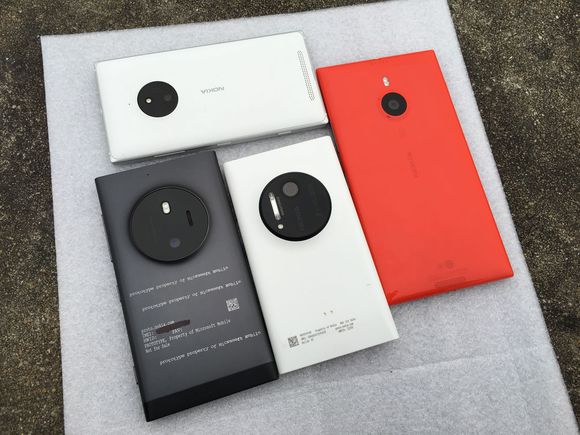
Likewise, innovation (and a low price) itself is not going to be the golden ticket for Windows Phone to increase its 1.1% market share. Microsoft will need a solid hardware partner, as history has shown that nobody is getting anything good out of the Windows Phone platform other than what is directly affiliated with Microsoft. You could say that ex-Nokia CEO Stephen Elop planned all along with Steve Ballmer that they were going to cannibalize Nokia’s smartphone division in the next three years. This could possibly be true, but no other company is going to make big bucks or gain a good reputation by making Windows Phones. For that to happen, Microsoft would need to step out of the market first (which they are doing right now).
This is similar to the PC ecosystem, in which Microsoft is not making hardware but instead focusing on software. Just look back at the early days of Windows. Microsoft did make some cool peripherals, but they never seemed to make hardware successfully until the last few years with the Surface brand. The software giant has always relied on their hardware partners like Dell and HP, which both made a good name for producing Windows-powered computers. I think Microsoft is trying to replicate that model.
Now that Nokia is no longer the biggest market share of Windows Phone, the million-dollar question is: who will be the successor to this Nokia legacy? Or will Microsoft continue to be the major player in their own mobile operating system? There are many possible answers right now, and nobody can be sure. Companies like Samsung and LG, both big players in the Android field, have tried multiple times in the past to create Windows Phone 7 and 8 devices, but their efforts failed miserably as they were no match for Nokia’s gigantic Lumia lineup.
Personally, I think HTC could have a chance at taking that title since they have a pretty long history of making popular phones running the Windows operating system. Examples include the Windows Mobile 6.5 phone HTC HD2 and the HTC 8X and HTC 8S, which were pretty popular compared to other Windows Phones of that time period.
Currently, there are quite a number of potential answers to that question. Companies like Alcatel, NuAns (which made that sleek wood-backed phone), Acer, VAIO, HP, and, who knows, maybe even Xiaomi or OnePlus could end up being top players. Microsoft has been working with some of them on Windows 10 Mobile ROMs for their Android phones.
Just remember, there is no clear answer today, as even Microsoft is still experimenting with this idea. Right now, my best bet is HTC. So, HTC, if you’re reading this, bring me the HTC One M10 for Windows.








